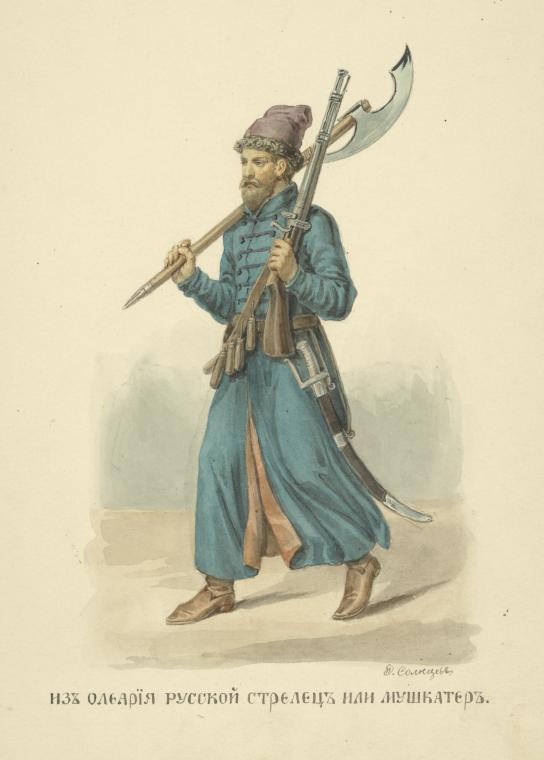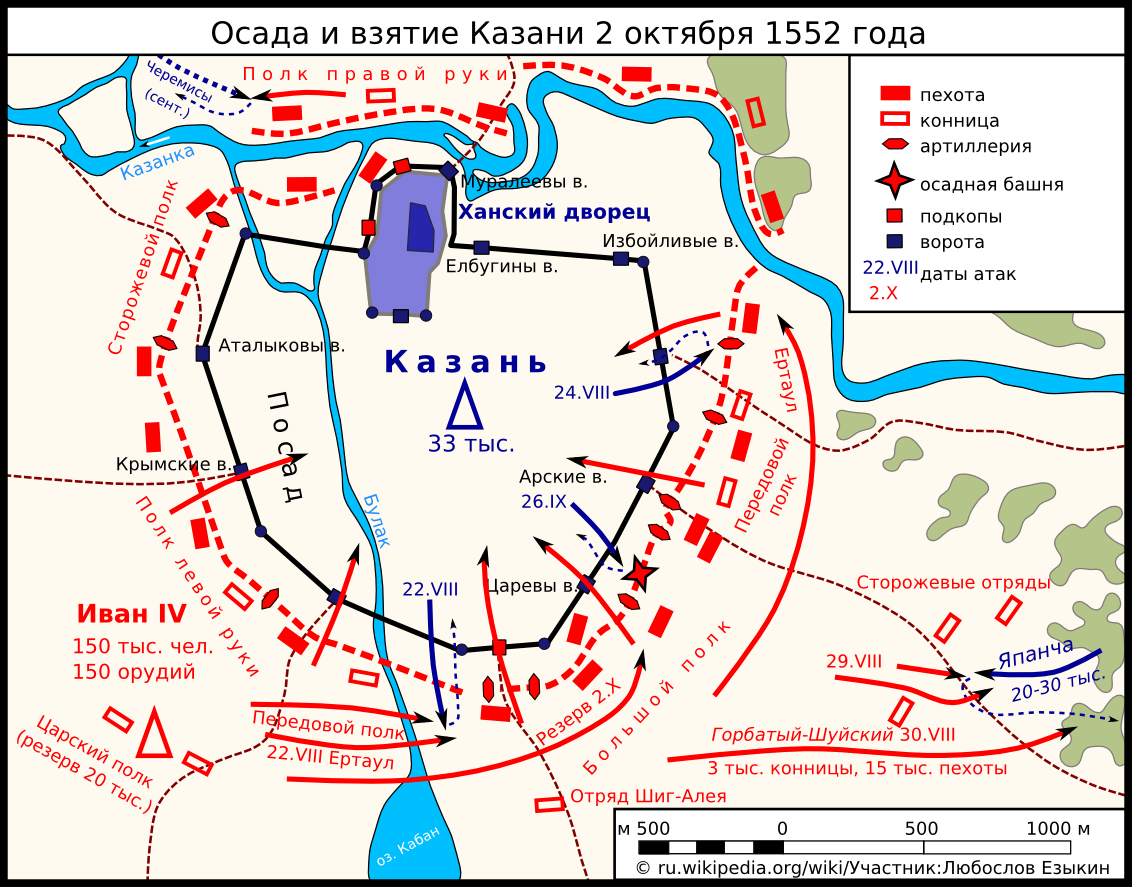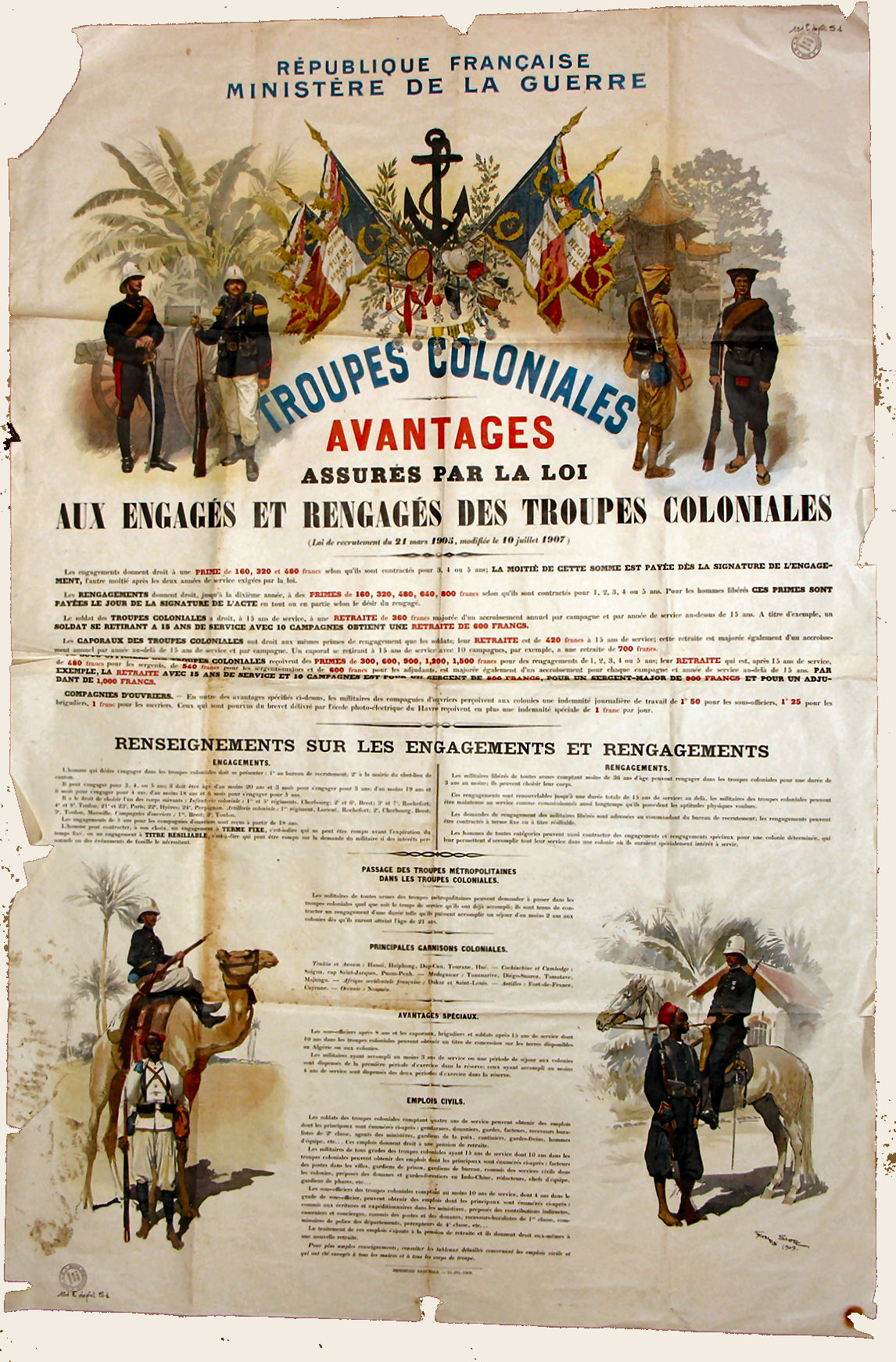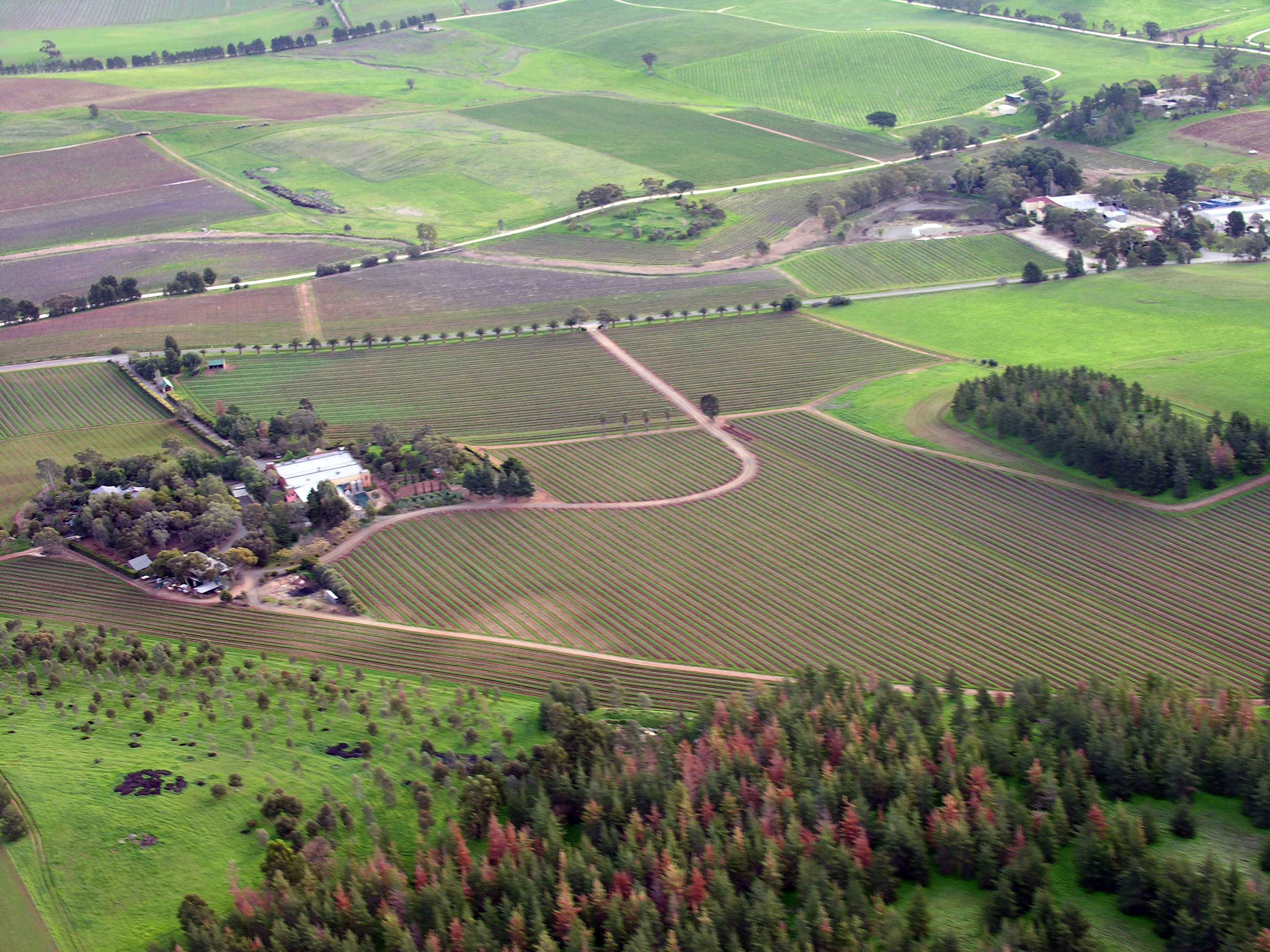|
Streltsy
, image = 01 106 Book illustrations of Historical description of the clothes and weapons of Russian troops.jpg , image_size = , alt = , caption = , dates = 1550–1720 , disbanded = , country = Tsardom of Russia , allegiance = Streltsy Department , branch = , type = Infantry , role = , size = , command_structure = Russian Army , garrison = Moscow , garrison_label = , nickname = , patron = Saint George , motto = , colors = , colors_label = , march = , mascot = , anniversaries = , equipment = , equipment_label = , battles = Siege of Kazan Livonian War Battle of Molodi Polish–Muscovite War (1605–1618) Smolensk WarRusso-Polish War (1654–1667)Great Northern War , battles_label = , decorations = , battle_honours = , battle_honours_label = , flying_hours = , website = , current_commander = , commander1 = , commander1_label = , commander2 = , commander2_label = , commander3 = , commander3_label = , commander4 = , commander4_label = , ... [...More Info...] [...Related Items...] OR: [Wikipedia] [Google] [Baidu] |
Streltsy Department
Streltsy Department or Streletsky Prikaz (Стрелецкий приказ in Russian) was one of the main governmental bodies in Russia in 16th and 17th centuries. The first reference to the Streltsy Department (SD) appears in 1571, but in the mid-1550s it already existed under the name of ''Streletskaya izba'' (Стрелецкая изба), the Streltsy House. SD was in charge of the Moscow and Municipal Streltsy, their lands and other property, disbursement of their salary and bread allowances, and their cases in court. In 1672-1683, SD also collected Streltsy's taxes. After the Streltsy Uprising in 1698, SD was engaged in regular administrative and managerial matters. In 1701, SD was transformed into the Department on the Matters of the Zemstvo (Приказ земских дел, or ''Prikaz zemskikh del''), inheriting the functions of the Zemstvo Police Department The police are a constituted body of persons empowered by a state, with the aim to enforce ... [...More Info...] [...Related Items...] OR: [Wikipedia] [Google] [Baidu] |
Siege Of Kazan
The siege of Kazan in 1552 was the final battle of the Russo-Kazan Wars and led to the fall of the Khanate of Kazan. Conflict continued after the fall of Kazan, however, as rebel governments formed in Çalım and Mişätamaq, and a new khan was invited from the Nogais. This guerrilla war lingered until 1556. Background During the existence of the khanate (1438-1552) Russian forces besieged Kazan at least ten times (1469, 1478, 1487, 1506, 1524, 1530, 1545, 1547, 1549-1550, 1552). In 1547 and in 1549-1550, Ivan the Terrible besieged Kazan, but supply difficulties forced him to withdraw. The Russians pulled back and built the town or fort of Sviyazhsk. They also annexed land west of the Volga which weakened the khanate. The peace party agreed to accept the pro-Russian Shah Ali as khan. The patriotic party regained power, Shah Ali fled and Yadegar Mokhammad of Kazan was called in as khan. Religious leaders like Qolsharif inspired the people to a determined resistance. The sieg ... [...More Info...] [...Related Items...] OR: [Wikipedia] [Google] [Baidu] |
Hereditary
Heredity, also called inheritance or biological inheritance, is the passing on of traits from parents to their offspring; either through asexual reproduction or sexual reproduction, the offspring cells or organisms acquire the genetic information of their parents. Through heredity, variations between individuals can accumulate and cause species to evolve by natural selection. The study of heredity in biology is genetics. Overview In humans, eye color is an example of an inherited characteristic: an individual might inherit the "brown-eye trait" from one of the parents. Inherited traits are controlled by genes and the complete set of genes within an organism's genome is called its genotype. The complete set of observable traits of the structure and behavior of an organism is called its phenotype. These traits arise from the interaction of its genotype with the environment. As a result, many aspects of an organism's phenotype are not inherited. For example, suntanned skin ... [...More Info...] [...Related Items...] OR: [Wikipedia] [Google] [Baidu] |
Army Recruit
Military recruitment refers to the activity of attracting people to, and selecting them for, military training and employment. Demographics Gender Across the world, a large majority of recruits to state armed forces and non-state armed groups are male. The proportion of female personnel varies internationally; for example, it is approximately 3% in India, 10% in the UK, 13% in Sweden, 16% in the US, and 27% in South Africa. While many states do not recruit women for ground close combat roles (i.e. roles which would require them to kill an opponent at close quarters), several have lifted this ban in recent years, including larger Western military powers such as France, the UK, and US. Compared with male personnel and female civilians, female personnel face substantially higher risks of sexual harassment and sexual violence, according to British, Canadian, and US research. Some states, including the UK, US and Canada have begun to recognise a right of transgender peo ... [...More Info...] [...Related Items...] OR: [Wikipedia] [Google] [Baidu] |
Tradesman
A tradesman, tradeswoman, or tradesperson is a skilled worker that specializes in a particular trade (occupation or field of work). Tradesmen usually have work experience, on-the-job training, and often formal vocational education in contrast to an apprentice, who is learning the trade. As opposed to a craftsman or an artisan, the occupation of a tradesman is not necessarily restricted to manual work. History In Victorian England: :The terms "skilled worker," "craftsman," "artisan," and "tradesman" were used in senses that overlap. All describe people with specialized training in the skills needed for a particular kind of work. Some of them produced goods that they sold from their own premises (e.g. bootmakers, saddlers, hatmakers, jewelers, glassblowers); others (e.g. typesetters, bookbinders, wheelwrights) were employed to do one part of the production in a business that required a variety of skilled workers. Still others were factory hands who had become expert ... [...More Info...] [...Related Items...] OR: [Wikipedia] [Google] [Baidu] |
Rural
In general, a rural area or a countryside is a geographic area that is located outside towns and cities. Typical rural areas have a low population density and small settlements. Agricultural areas and areas with forestry typically are described as rural. Different countries have varying definitions of ''rural'' for statistical and administrative purposes. In rural areas, because of their unique economic and social dynamics, and relationship to land-based industry such as agriculture, forestry and resource extraction, the economics are very different from cities and can be subject to boom and bust cycles and vulnerability to extreme weather or natural disasters, such as droughts. These dynamics alongside larger economic forces encouraging to urbanization have led to significant demographic declines, called rural flight, where economic incentives encourage younger populations to go to cities for education and access to jobs, leaving older, less educated and less wealthy p ... [...More Info...] [...Related Items...] OR: [Wikipedia] [Google] [Baidu] |
Military Service
Military service is service by an individual or group in an army or other militia, air forces, and naval forces, whether as a chosen job ( volunteer) or as a result of an involuntary draft ( conscription). Some nations (e.g., Mexico) require a specific amount of military service from every citizen, except for special cases, such as limitation determined by a military physical or religious belief. In the United States, a mental disorder does not necessarily disqualify a recruit so long as no treatment had been given within 36 months. Most countries that use conscription systems only conscript men; a few countries also conscript women. For example, Norway, Sweden, North Korea, Israel, and Eritrea conscript both men and women. However, only Norway and Sweden have a gender-neutral conscription system, where men and women are conscripted and serve on equal formal terms. Some nations with conscription systems do not enforce them. Nations which conscript for military service t ... [...More Info...] [...Related Items...] OR: [Wikipedia] [Google] [Baidu] |
Tsardom Of Russia
The Tsardom of Russia or Tsardom of Rus' also externally referenced as the Tsardom of Muscovy, was the centralized Russian state from the assumption of the title of Tsar by Ivan IV in 1547 until the foundation of the Russian Empire by Peter I in 1721. From 1551 to 1700, Russia grew by 35,000 km2 per year. The period includes the upheavals of the transition from the Rurik to the Romanov dynasties, wars with the Polish–Lithuanian Commonwealth, Sweden and the Ottoman Empire, and the Russian conquest of Siberia, to the reign of Peter the Great, who took power in 1689 and transformed the Tsardom into the Russian Empire. During the Great Northern War, he implemented substantial reforms and proclaimed the Russian Empire after victory over Sweden in 1721. Name While the oldest endonyms of the Grand Duchy of Moscow used in its documents were "Rus'" () and the "Russian land" (), a new form of its name, ''Rusia'' or ''Russia'', appeared and became common in the 15th ce ... [...More Info...] [...Related Items...] OR: [Wikipedia] [Google] [Baidu] |
Municipal
A municipality is usually a single administrative division having corporate status and powers of self-government or jurisdiction as granted by national and regional laws to which it is subordinate. The term ''municipality'' may also mean the governing body of a given municipality. A municipality is a general-purpose administrative subdivision, as opposed to a special-purpose district. The term is derived from French and Latin . The English word ''municipality'' derives from the Latin social contract (derived from a word meaning "duty holders"), referring to the Latin communities that supplied Rome with troops in exchange for their own incorporation into the Roman state (granting Roman citizenship to the inhabitants) while permitting the communities to retain their own local governments (a limited autonomy). A municipality can be any political jurisdiction, from a sovereign state such as the Principality of Monaco, to a small village such as West Hampton Dunes, New Yo ... [...More Info...] [...Related Items...] OR: [Wikipedia] [Google] [Baidu] |
Khanate
A khaganate or khanate was a polity ruled by a khan, khagan, khatun, or khanum. That political territory was typically found on the Eurasian Steppe and could be equivalent in status to tribal chiefdom, principality, kingdom or empire. Mongol-ruled khanates Chagatai Khanate (1226–1347) After Genghis Khan established appanages for his family in the Mongol Empire during his rule (1206–1227), his sons, daughters, and grandsons inherited separate sections of the empire. The Mongol Empire and Mongolian khanates that emerged from those appanages are listed below. In 1226, the second son of Genghis Khan, Chagatai Khan established the Chagatai Khanate. At its height in the late 13th century, the khanate extended from the Amu Darya south of the Aral Sea to the Altai Mountains in the border of modern-day Mongolia and China, roughly corresponding to the defunct Qara Khitai Empire. Initially the rulers of the Chagatai Khanate recognized the supremacy of the Great Kh ... [...More Info...] [...Related Items...] OR: [Wikipedia] [Google] [Baidu] |
Military Operation
A military operation is the coordinated military actions of a state, or a non-state actor, in response to a developing situation. These actions are designed as a military plan to resolve the situation in the state or actor's favor. Operations may be of a combat or non-combat nature and may be referred to by a code name for the purpose of national security. Military operations are often known for their more generally accepted common usage names than their actual operational objectives. Types of military operations Military operations can be classified by the scale and scope of force employment, and their impact on the wider conflict. The scope of military operations can be: * Theater: this describes an operation over a large, often continental, area of operation and represents a strategic national commitment to the conflict, such as Operation Barbarossa, with general goals that encompass areas of consideration outside the military, such as the economic and political impa ... [...More Info...] [...Related Items...] OR: [Wikipedia] [Google] [Baidu] |





